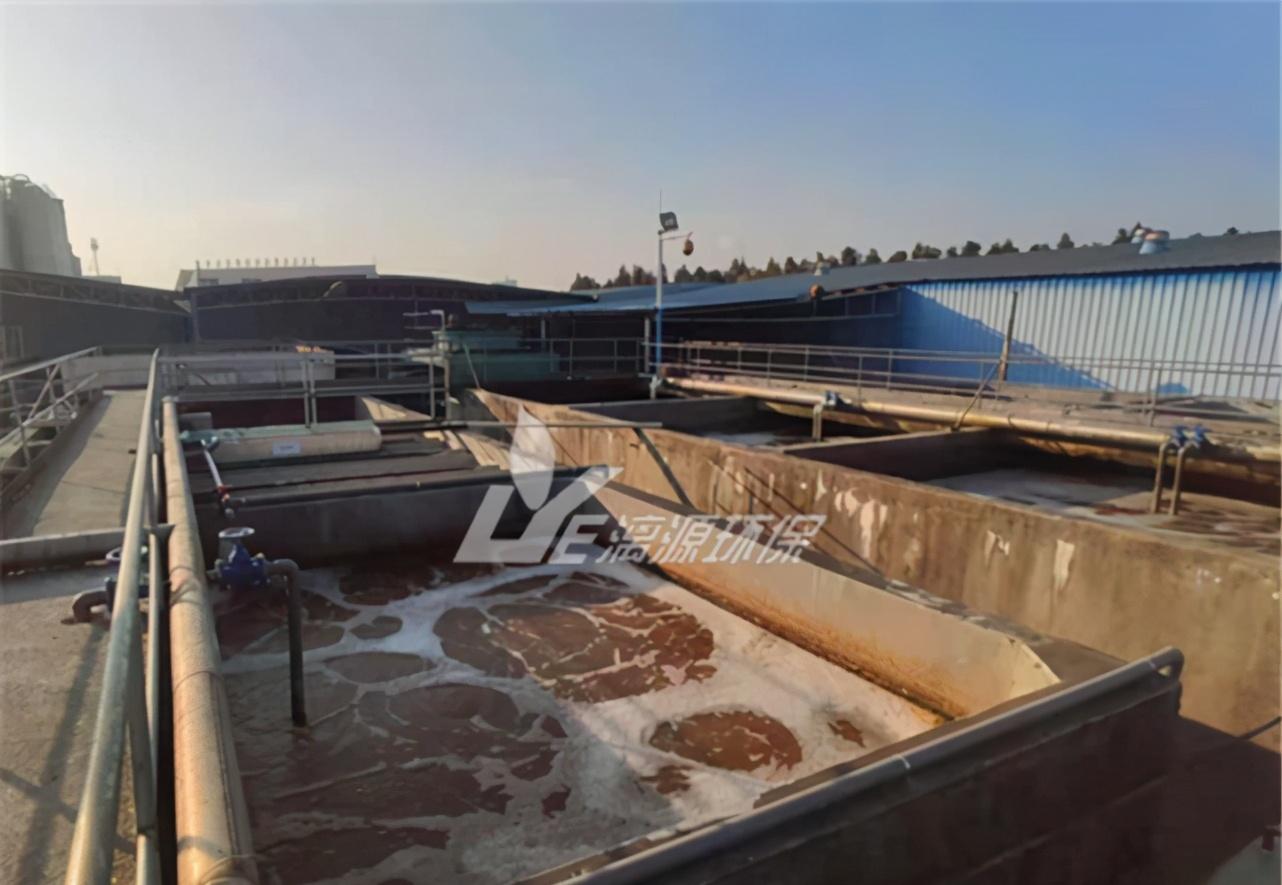Liyuan Environmental Protection briefly explains the wastewater treatment method of carrageenan production for you. Carrageenan is a natural polysaccharide hydrophilic glue extracted from marine red algae, which is widely used in food, medicine, daily chemicals, biochemistry, textile printing and other fields. The demand for carrageenan in all walks of life continues to increase, and the production scale of carrageenan is also expanding, followed by the treatment of carrageenan production wastewater.

1. Regulation pool
After the carrageenan production wastewater is intercepted by the grid pond, it enters the pH regulation pool to uniformly control the water quality and quantity, and the pH is adjusted to 6.0 -7.0 by hydrochloric acid regulation.
2. Flocculation treatment
The carrageenan production wastewater is added to the flocculant and stirred evenly by the equipment, so that the colloids and fine suspended solids in the carrageenan production wastewater are condensed into flocs, and then the water treatment method is separated and removed.
3. Biological treatment
Carrageenan production wastewater is pretreated and then enters the biochemical system for reaction. Mostly anaerobic + aerobic combined process is used for chemical wastewater treatment. Due to the existence of the anaerobic stage, the amount of organic matter entering the aerobic treatment stage is greatly reduced, so the aeration energy consumption and the remaining sludge production of the aerobic treatment stage are reduced, so that the cost of the entire wastewater treatment process is greatly reduced. The anaerobic-aerobic tandem combination process effectively solves the treatment problem of industrial wastewater containing refractory organic matter to a certain extent.